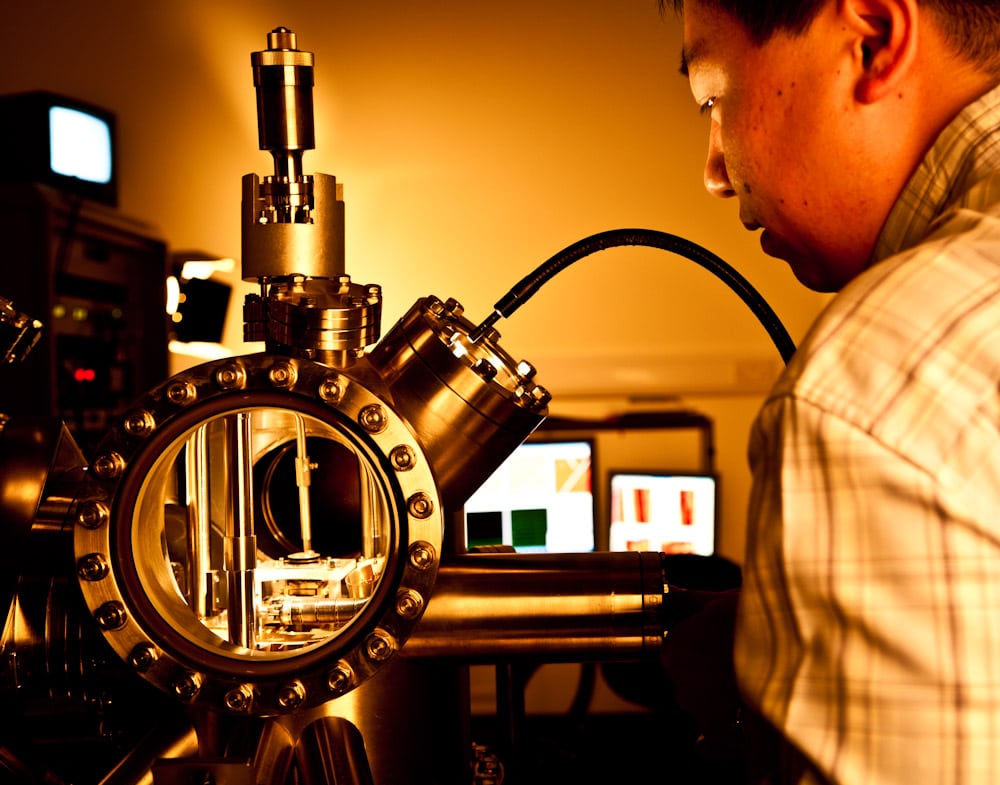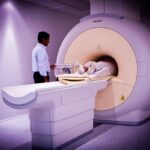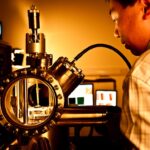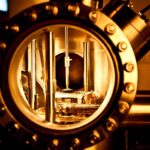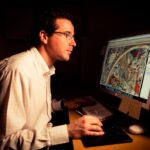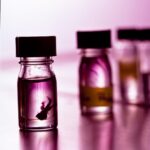College based research institutes
Part of the attraction for me of working as a commercial photographer is the interesting places it takes me to. This series is a roundup of images done on the theme of medical and science research. They are mainly taken at two cutting edge college based research institutes. Most were done with two or three lights and everything was shot on professional Canon equipment, except for one shot which was shot on a medium-format Hasselblad with film, probably Fuji Provia 100.
The CRANN Institute / Trinity College Dublin
Fig.1: MRI Imager The Institute of Neurosciences functional Magnetic Resonance Imager (fMRI) is a very powerful brain scanning research tool that generates images of the brain at work as it processes tasks such as reasoning, remembering and paying attention. It is capable of showing changes in the brain during the ageing process. Trinity partners with St. James hospital, Dublin using other medical devices and brain imaging systems to generate enhanced research techniques to further understand changes in the brain’s behaviour. Fig.2: A researcher in TCD’s Crann institute using a High Vacuum Sputtering System device to deposit magnetic multilayers. The CRANN Institute (Centre for Research on Adaptive Structures and Nanodevices) located in The Naughton Institute is the first purpose built Nanoresearch facility in Ireland. In 2006, Ireland is ranked 6th globally for Nanoscience research. The facility partners with companies such as Intel and Hewlett Packard. Fig.3 and 4: A researcher using a Carl Zeiss Helium-Ion Microscope at the CRANN institute and close up of the same research tool. The device sits on deep independent rubber foundational pods to avoid vibration from the passing traffic. Fig.5: A student modelling a nuerological testing system at CRANN Fig.6: A voice you might be familiar with from many guest appearances on radio, Professor Ian Robertson demonstrates the Nidek retinal photography scanner, a medical device used in The Irish LongituDinal Study on Ageing (TILDA) at Trinity College Dublin, part of the wider research into causes and possible cures of diseases of the human brain. Fig.7: Tim from the Digital Resources and Imaging Services (DRISS) at TCD. The service is making high definition surrogates of the Trinity’s libraries collections to facilitate new approaches into research in the arts and humanities.
The Conway Institute / UCD
Fig.8: An example of a model organism (probably xenopus – a type of frog) photographed at UCD’s Conway Institute, “a multidisciplinary and interdisciplinary research institute where scientists from different disciplines work together on fundamental questions too big for any one discipline alone to solve”. This was shot on film with a medium format/hasselblad camera. @UCD_Conway, @SciGalleryDub, #neuroscience #nanotechnology
